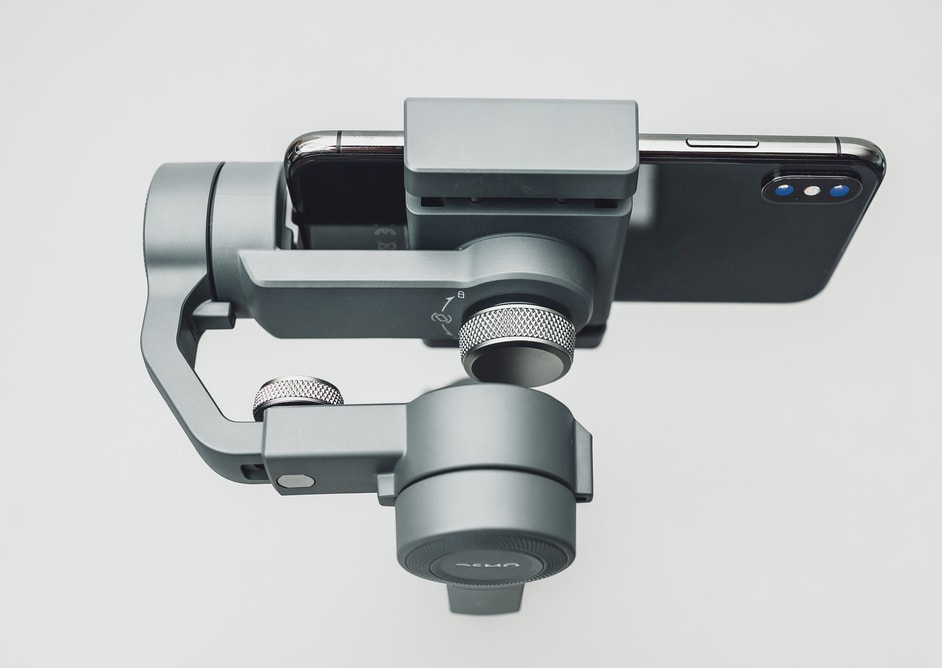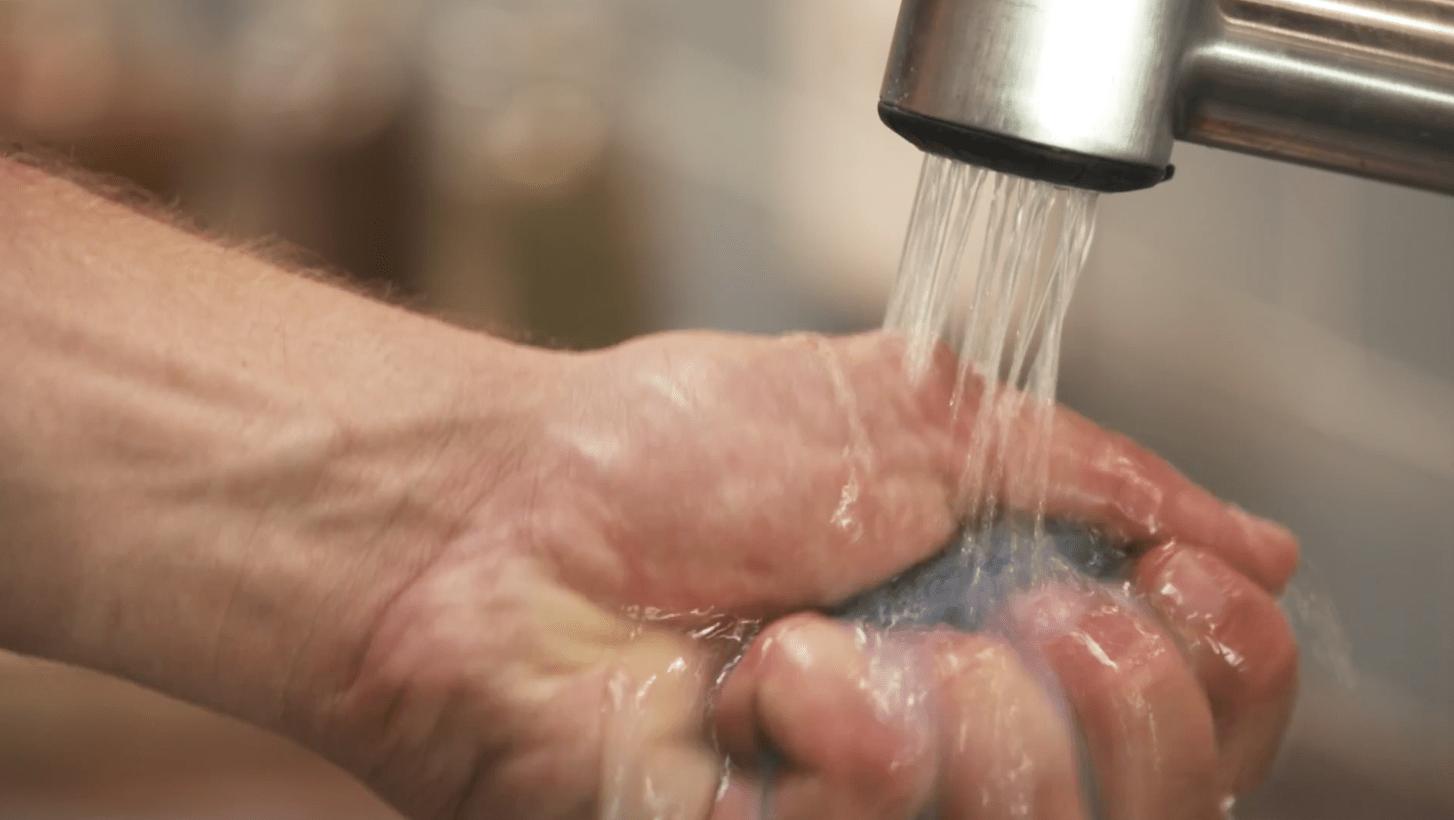Over the last decade, smartphones have changed the way we live. From the internet at our fingertips, to GPS in our pockets, to portraits on demand, it’s hard to leave home without them. In fact, it’s probably safe to say that actually forgetting your phone at home would send you into an all-out panic.
Smartphones have also changed how we capture and consume photography. Many photographers often say that the best camera is the one you have on you. And with the advancements in smartphone cameras, many have added these handy little devices to their photography workflows. The same is quickly becoming reality in the world of video production.
Smartphone Video Distribution
Long gone are the days when the only screen sizes considered were those at the theater and that of the standard home television. Today, media is consumed on devices of all sizes—and that is having a direct impact on video production.
While most smartphones display video at an aspect ratio of 16:9, some newer devices feature displays at 18:9. This shift could lead to a change across the industry. In the meantime, video content creators are mindful of the fact that most videos will at some point be consumed on a smartphone screen and factor that into their decision-making process.
In 2012, The Silver Goat was created exclusively for iPad and was the first film to have an iPad-only movie premiere. It’s only a matter of time before we see something similar on smartphones.
Smartphone Video Production
We’ve all shot video using our smartphones—and we admit, the quality has come a long way in a short time. So much so that several filmmakers have started using smartphones not only as a component of their video production workflow but as the sole camera for entire feature films.
In 2015, Tangerine, shot on three iPhone 5S devices, became the first film shot entirely on an iPhone to feature at the Sundance Film Festival. Unsane, a film released in theaters earlier this year, was shot entirely on an iPhone 7 Plus. And most people wouldn’t even know unless they were told. Of course these iPhones were equipped with special lenses and cinematography apps–but the fact that it’s even possible to use a phone at that level is impressive.
Smartphone video production has made it possible for production companies to create stunning videos, at a potentially lower cost. While we don’t believe smartphones will replace traditional video cameras, we realize that they are changing the video production landscape. Maybe it’s time for us to experiment with a little smartphone cinematography.
Not sure where to start with your video marketing strategy? Contact us today to explore how we can help you leverage video for you business. And follow us on our social channels for a behind the scenes look at how our team uses video to bring stories to life: Facebook, Instagram, and Twitter.





